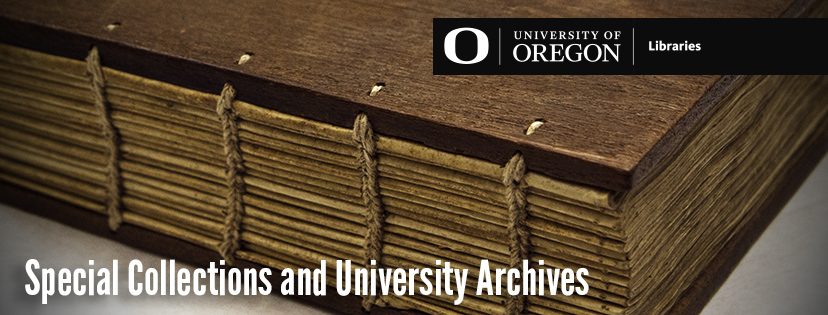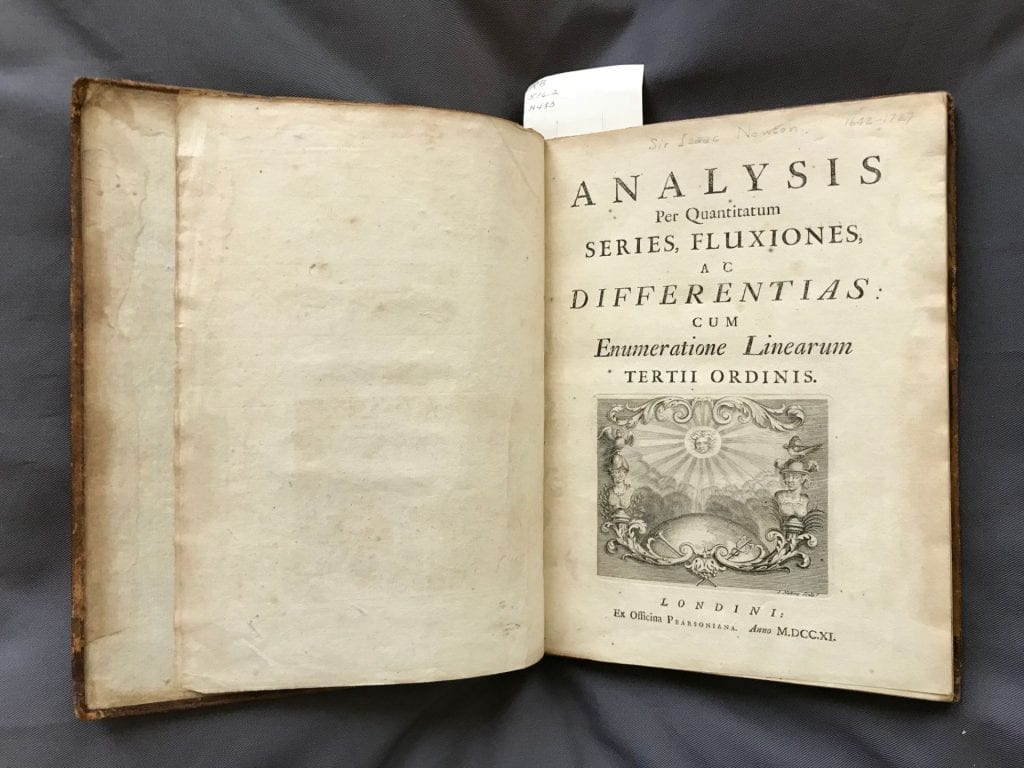New Acquisition: Narrating the Black Experience: Cane

Jean Toomer was a masterful historiographer and writer of black history and culture. His seminal publication, Cane, embodied his devotion to narrating the black experience and to applying a critical eye to past history of oppression and prejudice in order to preserve and crystallize history as it was, before its true reality is erased by the present. Essayist and contributor (afterword) to Cane, Prof. Leon Litwack (UC Berkeley) comments on Jean Toomer, Cane, and twentieth century racism, writing,
“In coming to grips with the present, Jean Toomer insisted on confronting the past and exploring the heritage of slavery to its very roots in ways that would avoid both condescension and romanticization. Looking about him, he sensed an agrarian folk culture deeply rooted in the slave experience. There was still time, he thought, to explore that culture, indeed the very soul and spirit of the black South, before urbanization and industrialization rendered it unrecognizable.”
The novel Cane received high praise and acclaim following its publishing, however such acclaim was not reflected in the number of books sold. Jean Toomer himself laid latent for some time after its publishing and only resurfaced years later as a burgeoning interest in black history and culture in the 1960’s emerged. Cane remains a work of unique and paramount stature and is elusive in its form, for it is many things – a novel, work of poetry, a drama, an illustrated work. It takes place in rural Georgia, urban Washington, D.C., among other places. The beauty of the work lies in its multifaceted nature, speaking to the reader in a variety of forms.

Cane is augmented by the work of Martin Puryear, a prominent American sculptor. Martin Puryear was enamored by Cane, read during his initial years residing in the South and teaching at Fisk University in Nashville, Tennessee. Puryear’s contributions to Cane include woodcuts as accompanying illustrations; there are seven larger images portraying women featured within the novel, and three smaller images resembling the enigmatic arcs Jean Toomer utilized to divide sections within the work in the first edition.
While this remains Jean Toomer’s most conspicuous work, it is important to note Toomer’s other literary endeavors, including autobiographies and other fiction, drama, poetry, and essays. He published one other work, Essentials, in 1931, a collection of aphorisms. The breadth of black history and culture portrayed in Cane begs examination and continued study today. The complementary pairing of Jean Toomer’s illuminative text and Martin Puryear’s woodcut illustrations creates for the reader an experience incomparable and truly distinctive.

The book was produced by The Arion Press, considered the nation’s leading publisher of fine-press books. Founded in San Francisco in 1974 by Andrew Hoyem, it has published 116 limited-edition books, most printed by letterpress, often illustrated with original prints by notable artists. This edition of Cane was limited to 400 numbered copies (ours is No. 343) with each copy signed by the artist, Martin Puryear. The text type is Times New Roman Bold with long descenders, composed in Monotype; the display type is Lucian Bold, composed by hand. The text paper is Biblio, mould-made in Germany; the print paper is Kitakata, handmade in Japan. The text was printed on a Miller TW cylinder press; the woodblocks were printed on a Vandercook Universal III proofing press. The book was designed by Andrew Hoyem and is the 59th publication of the Arion Press.
Written by Alexandra Mueller, Special Projects Archivist







